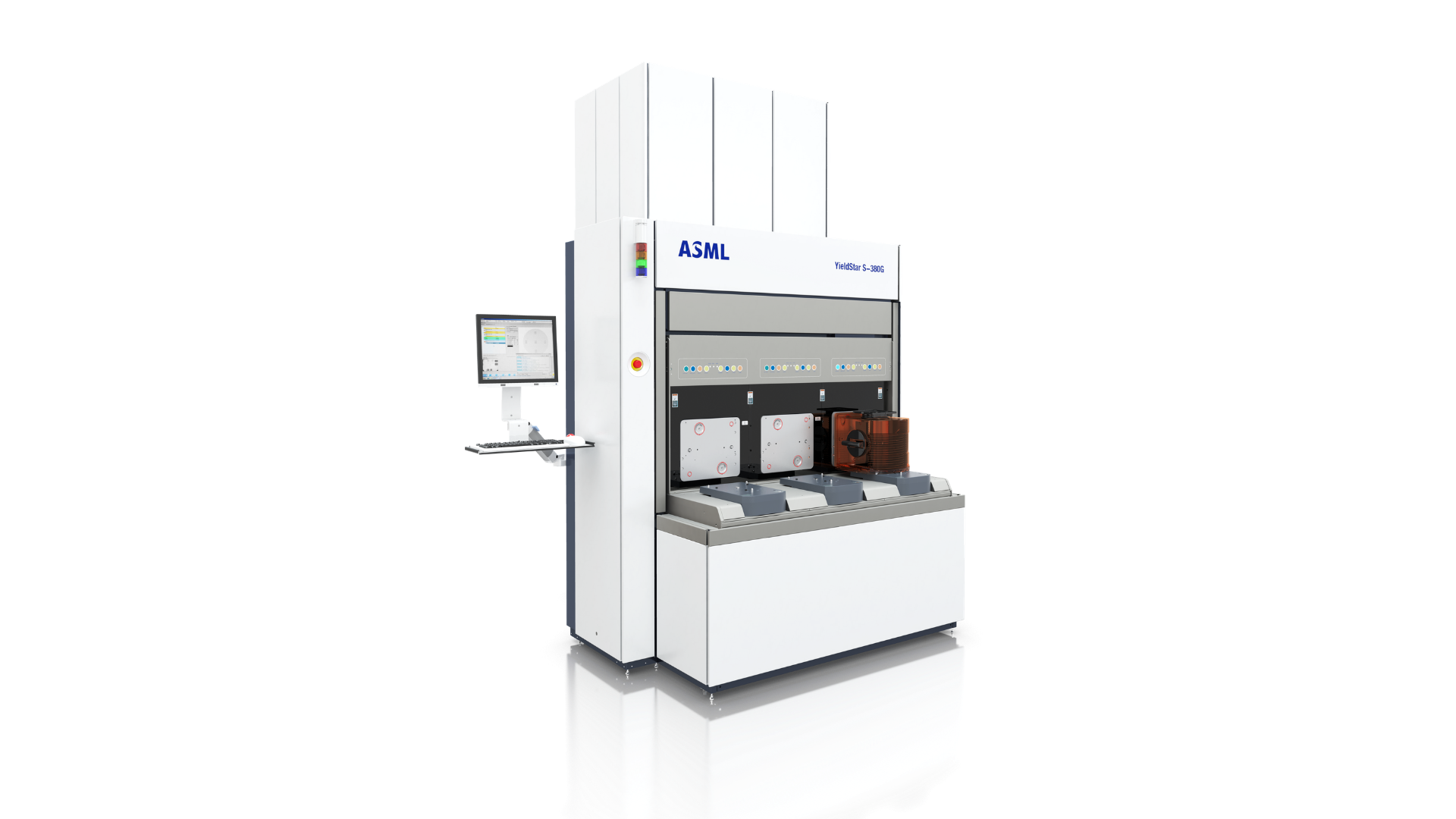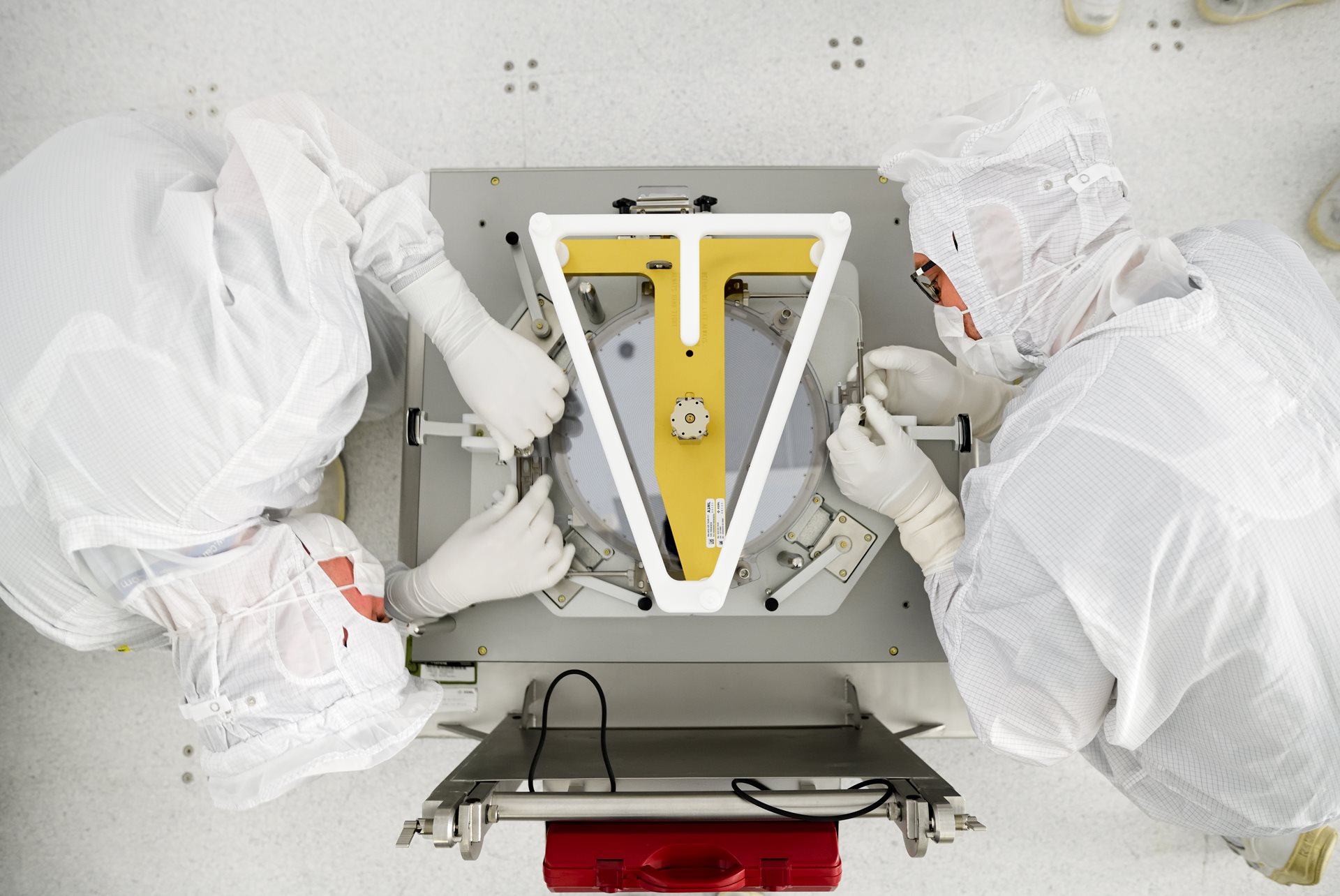Key features & benefits
The YieldStar 380G optical metrology system offers fast and accurate monitoring of on-product overlay and focus performance through diffraction-based measurements.
It targets after-develop (post-exposure) metrology for processes monitoring and control as well as for lithography system stability and matching. Available in track-integrated and standalone versions, it offers continuous wavelength operation for maximum measurement accuracy in any process conditions.
01. Precision measurements
The YieldStar 380G offers the nanometer-level precision necessary to monitor and control processes for today’s most advanced chips.
02. More speed, more data
The YieldStar 380G provides increased throughput compared to the YieldStar 375F, and is more than 50% faster in terms of overall lot processing time.
03. Process robustness
The YieldStar 380G offers a continuous wavelength selection between 425 and 885nm. The central wavelength selection is extremely precise (1nm), and the bandwidth of the measurement light can be customized, which allows chipmakers to precisely optimize the measurement wavelength to suit their specific layer stack. The YieldStar 380G features faster wavelength switching time and has increased source power combined with a faster sensor, which improves multi-wavelength acquisition move-acquire-measure (MAM) time compared to the YieldStar 375F.
Computational metrology option
Our computational metrology option provides our customers with a high-density overlay map for every single TWINSCAN production wafer without increasing the metrology capacity. Through advanced computer modeling, it combines the high-density pre-exposure wafer mapping already carried out on every wafer by our TWINSCAN lithography systems with YieldStar metrology data. The resulting dense focus and overlay maps enable wafer-level process control that can improve overlay performance by 10-20%.



